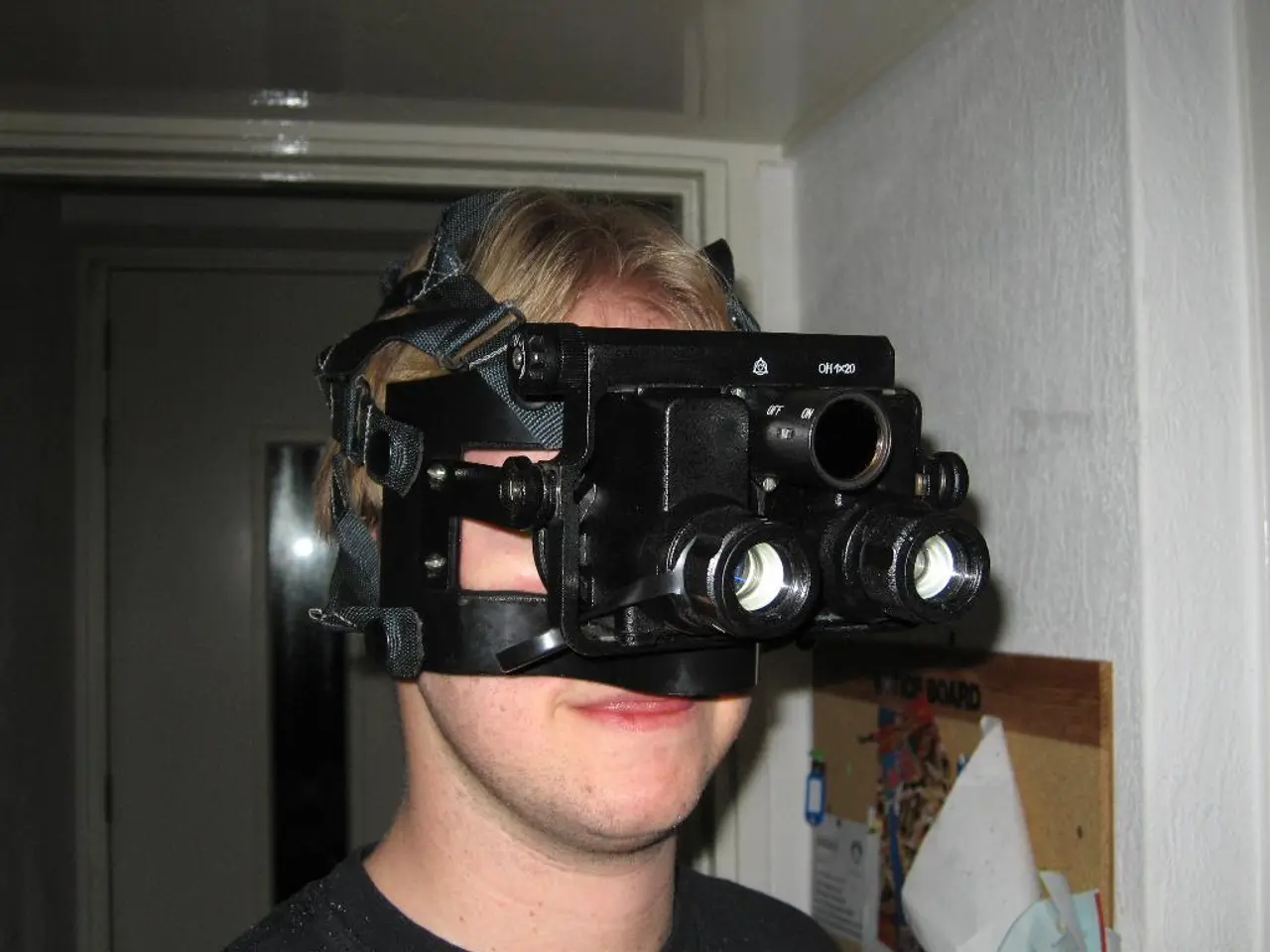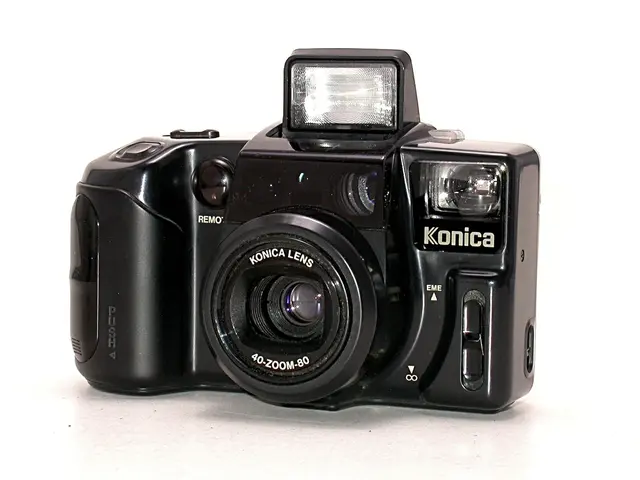Immersive Technology Advancements: Shaping the Future of User-Digital Engagements through Virtual Reality and 3D Technology
Virtual Reality (VR) and 3D technology are rapidly evolving, revolutionising the way we learn, work, and play. These innovative technologies are no longer limited to the realm of entertainment, but are making significant impacts across various industries.
In the gaming world, VR has taken immersion to new heights, transporting players into fully interactive 3D virtual worlds. AI advances are enhancing character rendering and dynamic environments, creating a more realistic and engaging gaming experience. The adoption of VR headsets like the Oculus Quest and PlayStation VR has opened new revenue streams for developers and expanded the gaming market beyond conventional consoles.
Healthcare is another sector that benefits greatly from VR and 3D technology. Medical students are using realistic simulations to practice procedures, improving learning outcomes without risk to patients. AI supports these simulations, making practice scenarios more accurate and adaptable. In addition, AR/VR technologies are enabling live medical instruction, remote collaboration, and enhanced visualisation during surgeries, especially when combined with high-speed 5G networks.
The educational sector is also embracing VR and 3D technology. Immersive learning experiences are actively engaging students, enabling them to explore virtual environments and practice skills interactively. This approach enhances retention and understanding compared to traditional methods. AI-enhanced VR can adapt content to individual learners, making education more personalised and accessible.
In business, VR and AR serve in product design, virtual meetings, and remote collaboration, allowing teams to interact with 3D models and digital twins in real time. Retailers are employing AR avatars and virtual assistants via AR glasses and smartphone cameras to provide personalised customer support and recommendations, blending digital and physical experiences.
Looking ahead, the future of VR and 3D technology is promising. Integration of AI and spatial computing will lead to more realistic simulations and human-computer interactions that closely mimic natural perception. Enhanced visual immersion is anticipated, with future devices expanding the field of view and increasing display resolution to approach the visual acuity of the human eye.
The widespread deployment of 5G will enable low latency and split rendering, critical for real-time applications such as live remote medical assistance, instantaneous design collaboration, and seamless customer service via AR/VR platforms. The rise of AR avatars is expected to strengthen the fusion of physical and digital realities, supporting social media interaction, personalised retail experiences, and new forms of user engagement.
The global VR market is projected to surpass $22 billion by 2025, driven by adoption in gaming, real estate, healthcare, education, and other sectors. However, challenges remain, including high costs, motion sickness, and the need for powerful hardware. Privacy concerns, data security issues, and digital addiction are also concerns that need to be addressed for the widespread adoption of VR and 3D technology.
In conclusion, VR and 3D technologies are expanding beyond entertainment into practical, high-impact applications. Their evolution is underpinned by AI, advanced display technologies, and faster connectivity, promising increasingly immersive, interactive, and personalised experiences across multiple industries in the near future.
Gadgets incorporating Virtual Reality (VR) and 3D technology, such as the Oculus Quest and PlayStation VR, are revolutionizing the gaming world by providing a more realistic and engaging experience, expanding the market beyond conventional consoles.
In the realm of healthcare, both VR and 3D technology are significantly improving learning outcomes for medical students through realistic simulations, while also providing tools for live medical instruction, remote collaboration, and enhanced visualization during surgeries.







